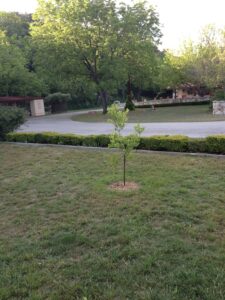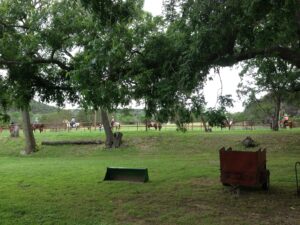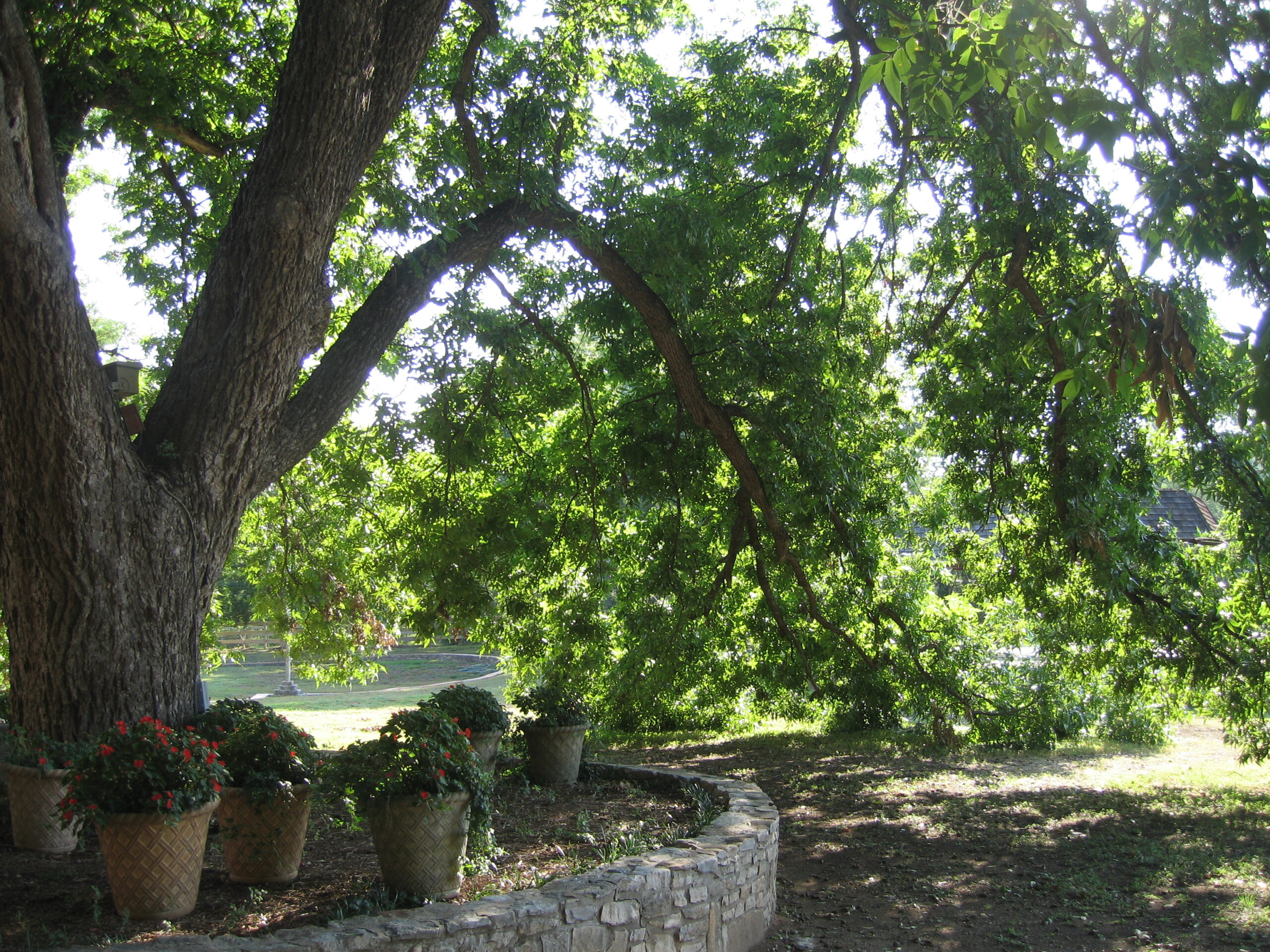 Consider planting a tree, even a very small one, for the New Year and for the planet.
Consider planting a tree, even a very small one, for the New Year and for the planet.
This is the opening sentence of an email I received from a wonderful person who was one of the most impactful and memorable camp counselors I ever had. Claudia really knew each of us in that large cabin, and she talked a lot to us as a group. She spoke to us of her vision of us as adults, how the sparkles on the river ripples were fairies dancing, and how to count the circling buzzards to forecast your luck for the day. She told us of her magical musings, and the wonders of the senses of sight and smell. She could sniff out a scorpion from 50 feet away!
Even a small tree matters
Her email said, “consider planting a tree (even a very small one) for the New Year and for the planet… When I was married and lived in Hunt we had a tradition of planting a tree each New Year’s day… . Most of the trees made it and some are tall and glorious in the spring and summer, offering shade, a place for birds to hang out, and a place for the squirrels to get away from the dogs. Scientists say that this is one way to help with heat deaths in the summer (in big cities) and to help our struggling little planet along. And it can be a few minutes of good exercise between watching games on TV.”
Americans, from everyday citizens to government officials, are often not fully aware of the benefits that trees provide, according to scientists and environmental planners, Claudia said. In addition to reducing heat, trees filter out air pollution, suck up storm water, store carbon, nurture wildlife and even improve people’s mental and physical health” (from the New York Times).
40 trees for 40 summers
When Heart O’ the Hills turned 40, we celebrated by planting 40 trees. And we have continued to plant many trees in the nearly 30 years since then. Many trees have been lost to drought and freezes, but the abundance of shade on camp makes our hottest summer days easily bearable. Not to mention the beauty and character the trees provide.
Very simply, this is how it’s done (if you need more details, here is a very detailed publication from Colorado State University.)
1. Choose a location that’s appropriate for the type of tree you select. Trees can get big, so not too close to a building! The roots and branches need room away from driveways, powerlines, and other trees.
2. Dig a hole as deep as the root ball and twice as wide
3. Remove the tree from its container and place it into the hole. Make sure that the top of the root ball is at soil level (not below).
4. Fill the hole so that the soil line is at the top of the root ball and even with the surrounding earth
5. Gently pack the soil around the tree to remove air pockets
6. Water the tree well and add a two-inch layer of mulch around the area. Here’s my favorite rule of thumb for watering routine on a new tree: water once a day for a week, once a week for a month, once a month for a year, and as needed for three years, until the tree is well established.
Another aphorism I love is “don’t plant a $100 dollar tree in a $5 dollar hole! Give your tree a lot of TLC (tender loving care) while it’s small, and it will pay you back 100 fold!






